By Sarhind Times Civic Desk | New Delhi — October 14, 2025
In a proactive move ahead of the upcoming Chhath festival, Chief Minister Rekha Gupta has announced the formation of a high-level committee to oversee preparations across the national capital. The panel will coordinate efforts across multiple civic departments to ensure consistent, safe, and well-managed celebrations at close to 1,000 ghats and temporary worship sites throughout Delhi.
The newly formed committee, chaired by Art, Culture & Tourism Minister Kapil Mishra, includes four MLAs: Abhay Kumar Verma (Laxmi Nagar), Chandan Kumar Chaudhary (Sangam Vihar), Sandeep Sehrawat (Matiala), and Deepak Chaudhary (Badli).
Its mandate involves synchronising the work of PWD, Delhi Jal Board (DJB), Municipal Corporations (MCDs), Police, and other agencies in areas such as crowd management, water quality, sanitation, lighting, medical services, transport logistics, and vendor vetting.
Officials stress that the panel will aim for uniform standards across all designated sites, early procurement of infrastructure, real-time monitoring, and rapid response mechanisms during the four-day festival window. Civil society groups have urged inclusion of public dashboards and helplines to help devotees raise on-the-ground concerns.
Context & Rationale
Chhath Puja’s Significance in Delhi’s Cultural Fabric
Chhath Puja, the Vedic ritual of sun worship and thanksgiving, has a strong presence in Delhi’s Purvanchali and Bihari communities. Over past years, the number of devotees and sites has steadily increased. The government has announced this year’s observance across nearly 1,000 sites, including stretches along the Yamuna riverbanks, the Munak Canal, and artificial ponds & water bodies in various localities.
Earlier, the Chief Minister had met senior officials to inspect the Yamuna ghats from Palla to Okhla, directing enhanced cleanliness, removal of water hyacinth, and improved infrastructure. She emphasised that immersion is prohibited (as not part of Chhath rituals) and pledged stricter regulation.
Given the scale and diversity of worship sites, a centralised coordinating body is seen as essential to avoid discrepancies, safety lapses, or infrastructure gaps across localities.
Why a High-Level Committee?
Delhi’s civic landscape is fragmented: multiple agencies manage roads, water supply, sanitation, lighting, traffic, policing, and health services. Without unified oversight, gaps and overlaps often mar festival arrangements. By constituting a high-level panel with political leadership and representation from affected constituencies (MLAs), the government aims to bring clarity of authority, accountability, and coordination.
The committee also allows for prioritised tendering, vendor vetting at scale, and early ordering of essential supplies (lighting, barricades, portable toilets, medical equipment), reducing last-minute logistical stress. Civil groups have recommended setting up real-time dashboards, site-level helplines, and rapid response teams that can address emergent issues (power failure, crowd surges, health emergencies) during the Puja days.
Committee Composition & Responsibilities
Leadership & Representation
- Chairperson: Kapil Mishra, Minister of Art, Culture & Tourism (Delhi)
- Members (MLAs):
• Abhay Kumar Verma (Laxmi Nagar
• Chandan Kumar Chaudhary (Sangam Vihar)
• Sandeep Sehrawat (Matiala)
• Deepak Chaudhary (Badli)
These representatives bring a local understanding of constituency-level challenges (e.g. access to ponds, river stretches, slums). Their inclusion ensures that decision-making is not purely bureaucratic but responsive to ground realities.
Core Mandate & Tasks
The committee’s responsibilities include:
- Site identification and mapping: Validate and finalize festival sites (ghats, ponds, canals) across Delhi in consultation with local MLA and municipal bodies.
- Standardised checklists: For each ghat/site, define minimum standards for sanitation, lighting, water supply, barricading, medical tents, ambulances, and crowd flow.
- Inter-agency coordination: Align actions of PWD (roads, access paths), MCDs & local bodies (sanitation, cleaning), DJB (water connections, supply), Delhi Police (crowd, security, traffic), health departments, and power utilities.
- Logistics & procurement: Advance tendering, vendor selection, deployment of materials (portable toilets, water tanks, lighting arrangements, first aid kits, stretchers, temporary shelters).
- Transport & last-mile access: Ensure devotees can reach ghats via safe access roads, footpaths, commuter services, shuttle buses, and minimize congestion points.
- Water quality & safety: Monitor river water or pond quality, remove aquatic weeds and floating debris, prevent frothing or pollution threats, coordinate with the Irrigation Department as needed.
- Safety & medical readiness: Deploy medical teams, ambulances, first-aid stations; crowd control barricades; adequate lighting; CCTV surveillance; emergency protocols.
- Real-time monitoring & citizen engagement: Set up dashboards, control rooms, helplines, feedback channels for devotees to escalate issues.
- Rapid response teams: Mobile task forces to respond to on-ground contingencies (power outage, health emergencies, structural issues) during festival days.
- Final reporting & audit: Prepare a compliance report post-festival assessing gaps, success metrics, lessons learned, and future recommendations.
The committee will submit a detailed report to the government ahead of the festival days.
Major Operational Challenges & Mitigation Plans
1. Ensuring Uniformity Across 1,000 Sites
With nearly 1,000 locations, ensuring every site meets baseline norms is daunting. Some remote ponds or canal stretches may lack basic infrastructure.
Mitigation: Prioritize sites by footfall and accessibility, focus core efforts on high-density zones (Yamuna ghats, populous localities), and deploy “site champions” (local MLA or civic volunteers) to monitor smaller or peripheral sites.
2. Water Quality, Pollution & Foliage
In prior years, devotees have faced issues of foaming, floating waste, decaying vegetation (water hyacinth), and unsuitable river flows.
Mitigation: Direct irrigation or river authorities to remove water hyacinth, launch pre-festival cleaning drives, sample water quality, deploy surface skimming boats, and consider chemical treatment where safe. Also, restrict sites in severely polluted stretches.
3. Crowd Management & Safety
Large gatherings at ghats during sunrise and sunset hours raise risks of stampede, slips, water accidents, or medical incidents.
Mitigation:
- Use barricades to channel movement
- Divide ghats into zones with entry/exit paths
- Train volunteer marshals
- Intensify CCTV and security presence
- Pre-position ambulances and medical teams
- Deploy horizontal and vertical signage.
4. Lighting, Electricity & Night Safety
Some ghats may lack permanent power infrastructure.
Mitigation: Use temporary generators, solar-powered lighting, battery backups, and arrange lighting redundancies. Test setups in advance.
5. Transport & Last-Mile Access
Devotees often travel from peripheral areas, carrying ritual materials.
Mitigation:
- Organize shuttle vans, cycle carts, battery rickshaws
- Pre-identify parking zones with feeder routes
- Coordinate traffic diversions
- Use public transport extensions near ghats
- Inform devotees about optimal routes and timings.
6. Medical Emergencies & Health Risks
Hypothermia, dehydration, slips near water edge, cardiac incidents, or drowning are possible risks.
Mitigation:
- Deploy first-aid points every few hundred metres
- Station paramedics, portable stretchers
- Ambulance on standby
- Thermal tents or warm shelters
- Public awareness about safe timings and precautions.
7. Vendor Oversight & Sanitation
Unvetted vendors for food, water bottles, stalls can cause hygiene issues or security hazards.
Mitigation:
- Vet vendors through municipal licensing
- Enforce standard food safety norms
- Place portable toilets, hand wash stations, waste bins
- Regular cleaning schedules
- On-site inspectors to monitor hygiene.
8. Real-time Monitoring & Citizen Grievances
Without feedback channels, small issues can escalate into crises.
Mitigation:
- Establish a 24×7 control room with IT dashboard showing status of each site
- Encourage devotees to log complaints via helpline numbers, WhatsApp, or mobile apps
- Field teams to rapidly act on escalations
- Use public display boards showing live metrics, contact points.
Precedents, Comparisons & Best Practices
Delhi has experience in managing large religious events (e.g. Kumbh-like gatherings, Diwali displays, Durga Puja pandals). Key lessons include:
- Early planning and tendering reduce mid-festival chaos
- Community involvement improves compliance and order
- Layered security (police + civil volunteers) works better
- Phased access (time slots for devotees) eases flow
- Technology dashboards (CCTV, sensors) allow better oversight
Cities like Varanasi, Patna, and other Chhath-heavy regions manage multiple ghats and rituals annually. Delhi can adapt best practices: assign ghats to ward-level supervisors, rotate shifts, discourage last-minute expansions.
Political & Social Dimensions
The timing of the committee’s formation and its emphasis on large-scale site deployment have political overtones. Minister Mishra has publicly asserted that earlier governments neglected Chhath devotees, and pledges this administration will raise the festival’s stature.
By including MLAs from different localities, the government also seeks both local ownership and accountability. However, execution will be scrutinised — any lapse may be contentious in media and political discourse, especially given Delhi’s electoral salience.
At the social level, the decision is seen by many in the Purvanchali community as recognition of cultural identity and religious dignity in the capital. The call for dashboards and helplines is also expected to empower devotees with oversight and transparency.
What Devotees Can Expect: Timeline & On-Ground Realities
2–3 Weeks Before Puja
- Final site confirmation and mapping
- Infrastructure deployment begins (lighting, barricades)
- Water and sanitation works in progress
- Vendor registrations and licensing
- Medical tents and ambulances lined up
- Citizen awareness campaigns on timings, routes, dos & don’ts
1 Week Before Puja
- Dry runs of crowd movement, access paths
- Testing of lighting, backup power, communications
- Security drills, volunteer training
- Water hyacinth removal, site cleaning
- Announcement of helplines & dashboard links
During the 4 Days of Chhath
- Sunrise and sunset rituals conducted
- Real-time control room monitoring site metrics (crowd density, complaints, medical triggers)
- Rapid response teams on call
- Regular announcements, public guidance
- On-site inspection tours by officials
Afterwards
- Site-wise audit, damage assessment
- Cleanup & restoration
- Report submission with recommendations
- Feedback sessions with community groups
Risks to Watch & Red Flags
- Overcrowding at smaller, remote ghats
- Electrical failures in the field
- Slippery banks or sudden dips
- Unregulated vendors causing health hazards
- Gaps in ambulance response times
- Disparities in standards across ghats
- Difficulty in maintaining cleanliness amidst crowds
- Communication breakdowns between agencies
If any such issues arise, they must be addressed instantly to minimize harm and public criticism.
Suggested Metrics & Success Indicators
To evaluate the panel’s efficacy, consider tracking:
- Number of devotees served per site
- Incidents of medical emergencies / response times
- Complaints received vs resolved
- Site inspections passed vs failed
- Sanitation metrics (toilet sufficiency, cleanliness)
- Power uptime in lighting infrastructure
- Travel time / congestion measures near ghats
- Citizen satisfaction (via post-event surveys)
These will help guide future improvements.
Future Implications & Legacy
If the panel succeeds, it could become a model for other mass-festival governance in the capital (e.g. Diwali events, religious fairs). It may institutionalize citizen-feedback systems and dashboards across civic operations. The post-event audit might push the government to invest more in permanent ghats, permanent utilities, or riverfront development as legacy infrastructure.
Successful execution would also strengthen the government’s standing among communities for whom Chhath is deeply symbolic.
#ChhathPuja #Delhi #Civic #Festivals #PublicSafety #Governance #DelhiGhats #DevoteeWelfare #UrbanFestivals #CitizenEngagement







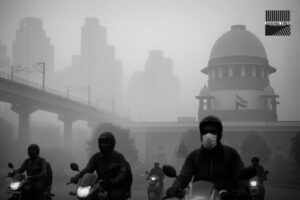



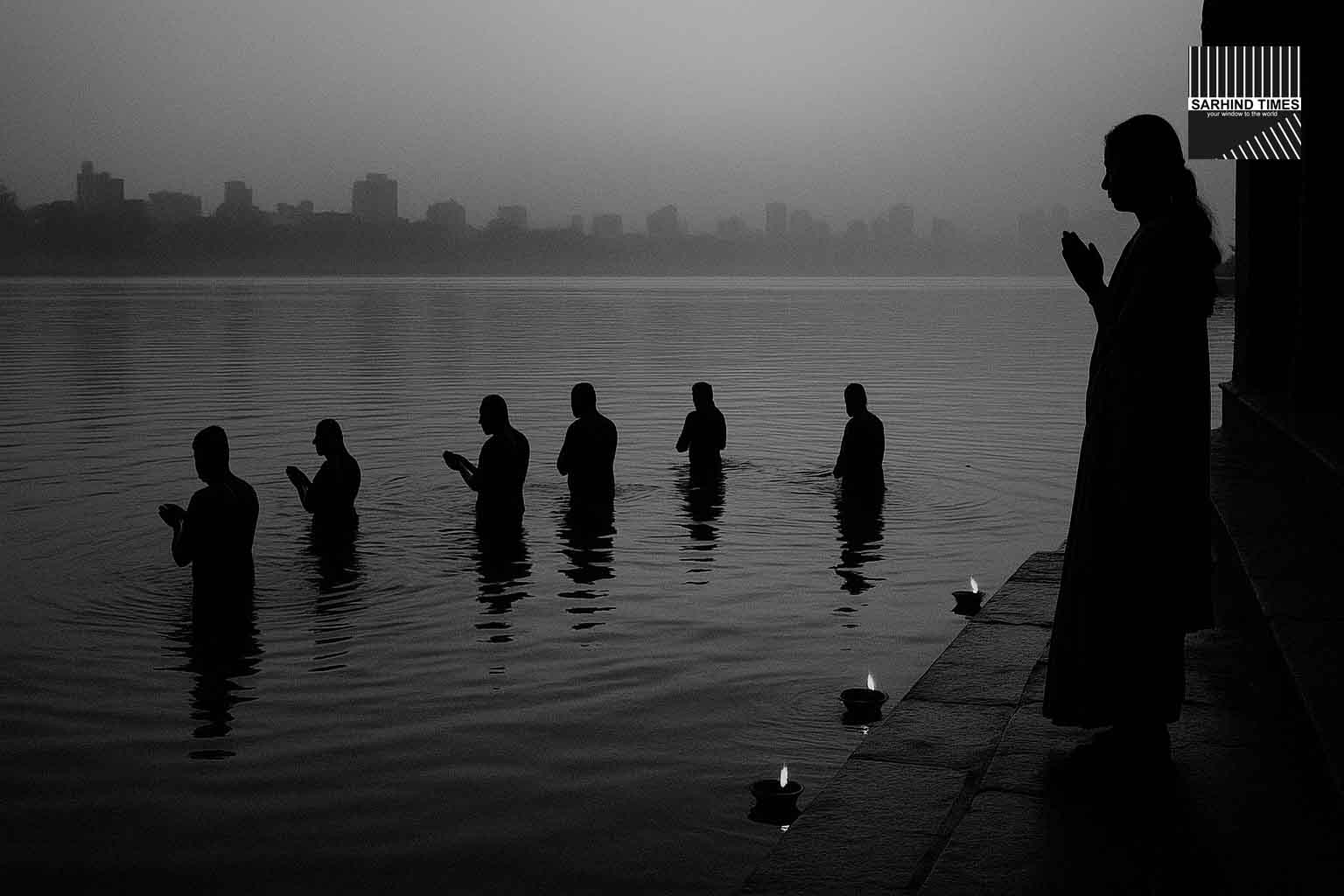


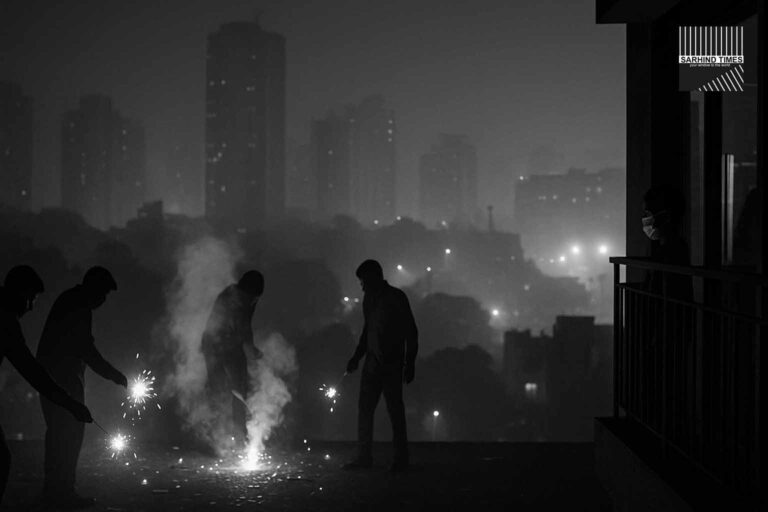




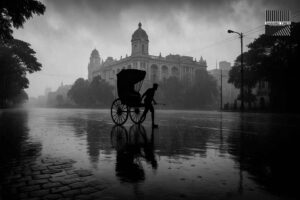

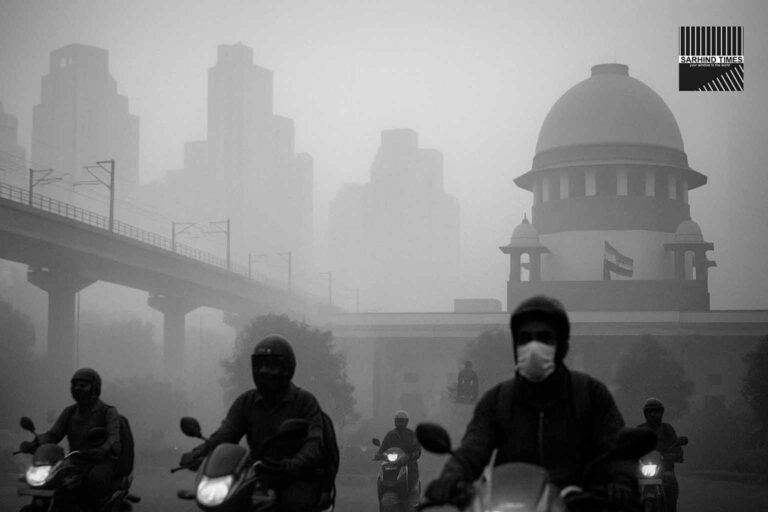
+ There are no comments
Add yours